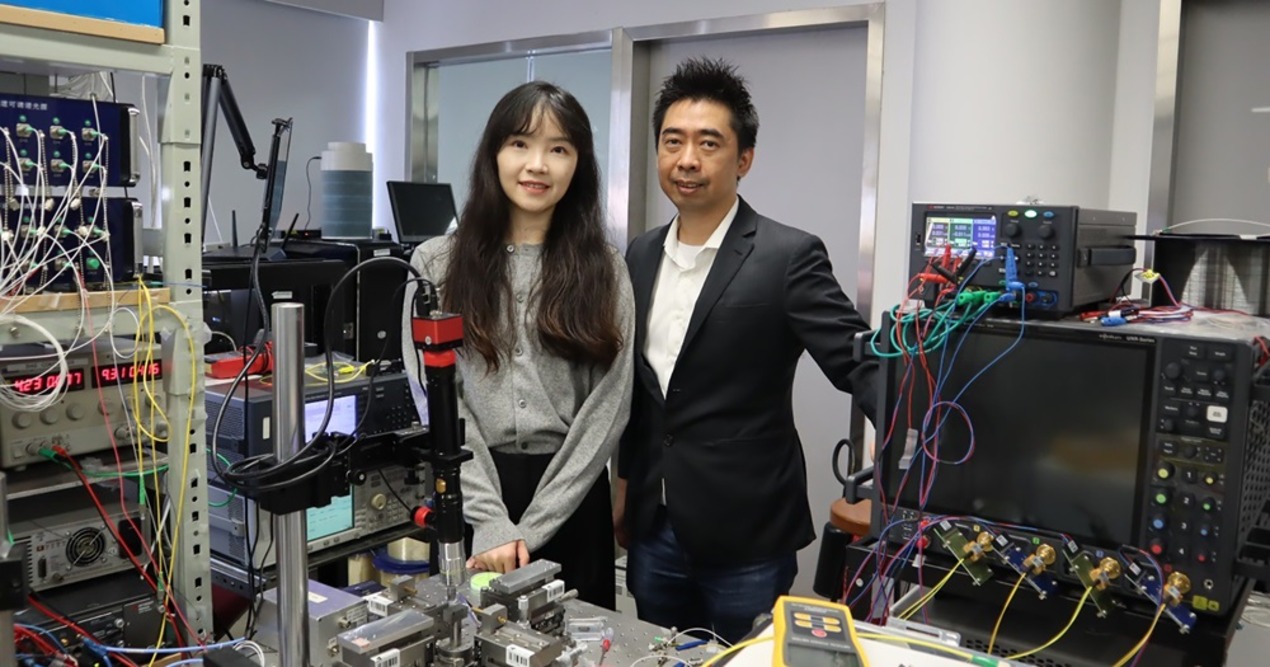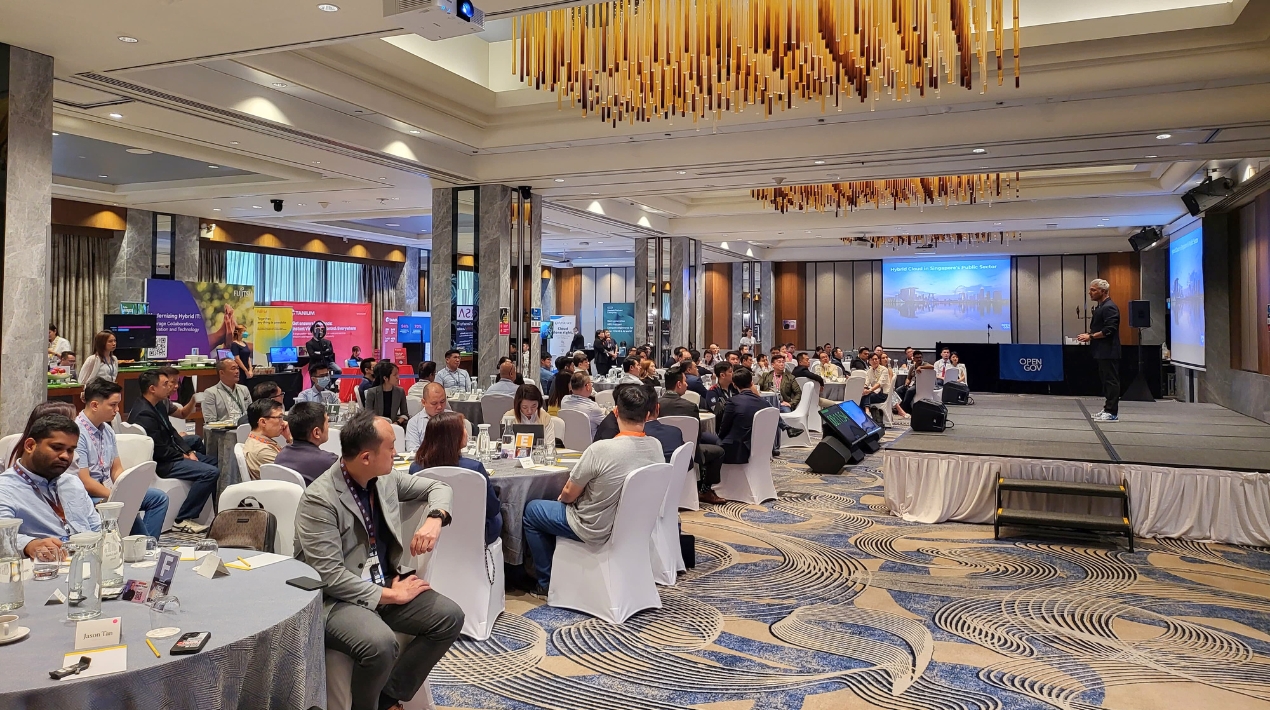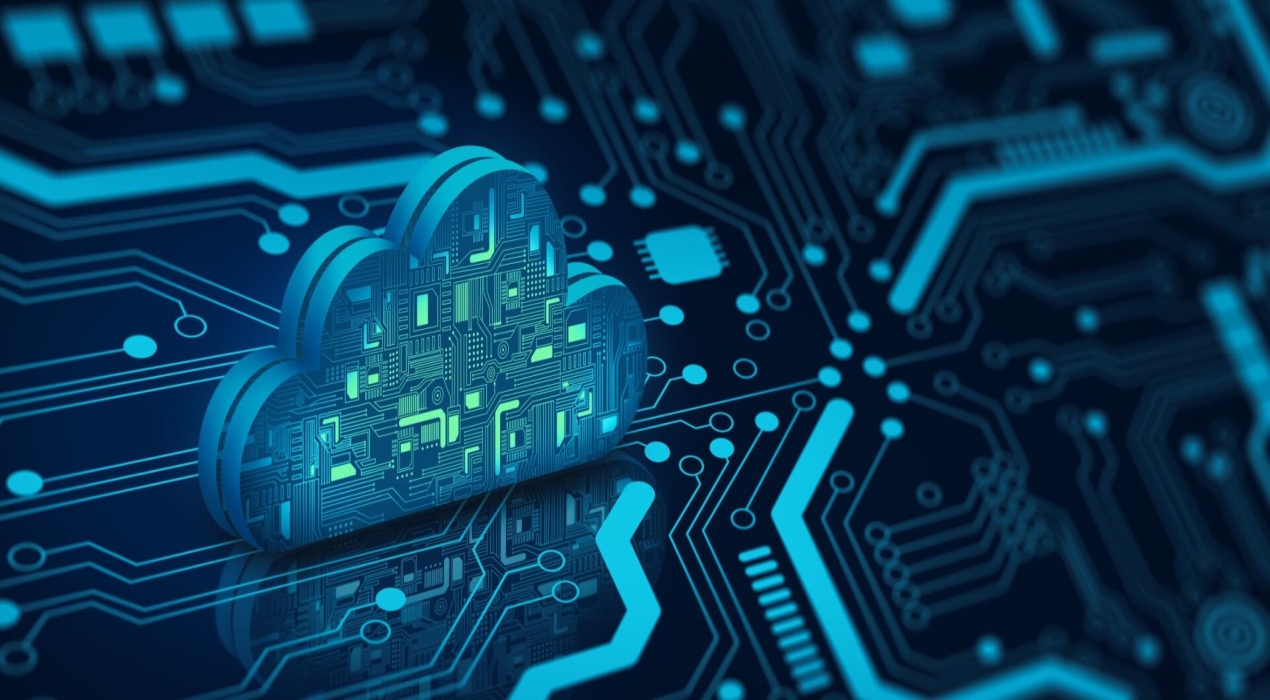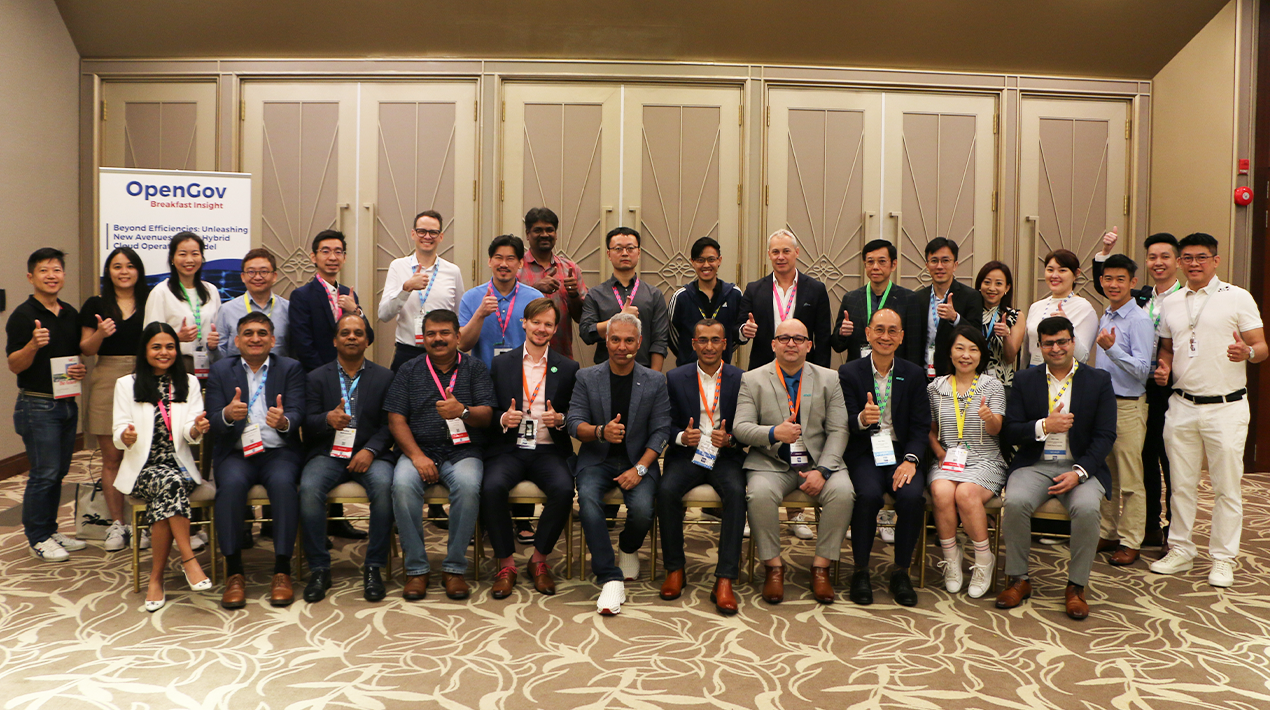
The COVID-19 pandemic illustrates how fast the adoption of new technology can be, including cloud technology. While the cloud journey started well before COVID-19, the pandemic has certainly undoubtedly accelerated the process. This is because government agencies and organisations need to and have to roll out applications and technological solutions quickly, leaving them no time to use everything with hardware.
The public sector in the region, in particular, is still at an early stage of cloud adoption. As a result, many agencies encounter issues with legacy processes and organisational structures when moving to the cloud. As a full-scale cloud migration may not be possible for many government agencies and organisations, Hybrid Multi-Cloud is an efficient strategy as it enables organisations to choose the optimal solution for each task or workload.
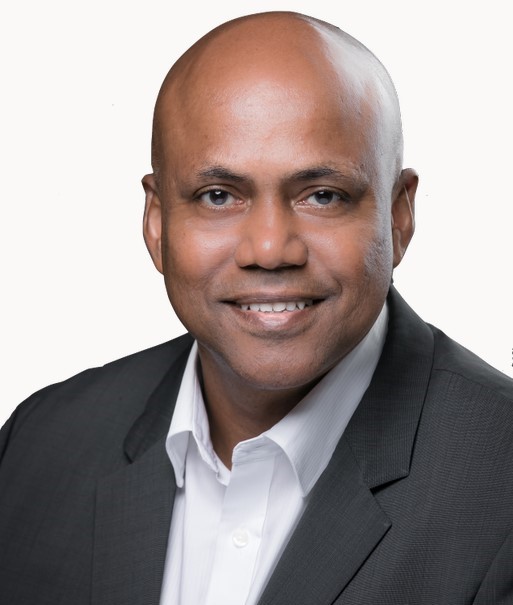 OpenGov Asia had the opportunity to speak exclusively to Gunasekharan Chellappan, Country Manager, Singapore, Red Hat. For over 25 years, Guna has been in the IT software industry in various leadership assignments. In his current role, he leads Red Hat’s sales team in Singapore and supports customers in their digital transformation initiatives.
OpenGov Asia had the opportunity to speak exclusively to Gunasekharan Chellappan, Country Manager, Singapore, Red Hat. For over 25 years, Guna has been in the IT software industry in various leadership assignments. In his current role, he leads Red Hat’s sales team in Singapore and supports customers in their digital transformation initiatives.
Over the years, Guna has been extensively involved in implementing complex analytics solutions such as supply chain, customer experience and risk management across the world in various industries ranging from financial services, government, manufacturing and retail.
Agencies and organisations are expected to continuously deliver a mix of different services for their citizens and customers. Agility and cost-efficiency are the two primary driving aspects of many government agencies and organisations wanting to move to the cloud. Further, organisations have to maintain some workloads on-premises while also supporting cloud-native development.
Guna believes in an Open Hybrid Multi-Cloud outlook, and, in fact, it should be a default. Hybrid cloud refers to mixed computing, storage and services environments made up of on-premises infrastructure, private cloud services, and a public cloud—such as Amazon Web Services (AWS) or Microsoft Azure. Multi-cloud refers to the presence of more than one cloud deployment of the same type (public or private), sourced from different vendors
Running everything on the public cloud could be inconvenient and unwise, so organisations should retain some data on-premises. Various reasons underpin this perspective, including cost, security or regulations and other control measures, such as data sovereignty.
Organisations have learned over time that having all their eggs in the public cloud is not cost-effective as it was once thought. So over time, they have pulled most applications on-prem, making it easier to manage while using the public cloud for innovation.
An Open Hybrid Multi-Cloud deployment gives organisations the capability to pick and choose specific tools they prefer from different cloud providers, such as storage, security and Artificial Intelligence. As a result, they are not limited to the options of one cloud provider and can choose the best possible tools and services according to their needs.
With a good Hybrid Multi-Cloud strategy, tools from across the various clouds can be made to work together seamlessly. The more sophisticated the organisations are, the better they are at combining the right tools to achieve their goals.
If organisations opt for open source solutions, such as Red Hat, they do not have to learn all the different networking protocols or different storage mechanisms.
By relying on Red Hat as an abstraction layer, organisations can take that complexity issue off the table altogether. Red Hat offers open concepts which encompass being open, portable and giving freedom to developers using consistent tools and processes to deploy the applications on any cloud.
By not being constrained to one cloud, organisations are free to move any application they develop to another provider without reengineering the application. Applications can be developed once, but they can be deployed anywhere, whether on-premises or public cloud.
Typically, customers who are still at the initial stage, want to move an application to the cloud. Then, as they become more comfortable with the setup, they start looking to go deeper, moving more existing applications to the cloud as well as developing applications on the cloud. At this point, they want to take advantage of what the cloud has to offer instead of only moving monolithic applications.
Guna elaborated on how Red Hat helps customers in their cloud journey. Red Hat empowers and supports customers in their cloud transformation, allowing them to focus on their primary objectives. With Red Hat’s significant pool of resources and talent, they assist clients in shifting and modernising applications with a minimal amount of effort. Red Hat helps design new applications that run on the cloud in an agile way. This agility combined with the capability to scale automatically, Guna emphasises, is the true benefit of moving to the cloud.
Sometimes organisations are only looking to move their data centre because it is cost-effective. However, data centres costs could actually be higher over the long term.
The usual timeframe to move from a data centre to the cloud with microservices can vary between weeks to years. For example, developing core banking applications that have hundreds of modules can take years to complete. However, typical applications that are already Java-enabled take about 3 months to break down, refactor and test.
Red Hat Open Innovation Labs is an immersive teaming residency that arms customers with the skills, tools and processes to deliver better software, more quickly, to meet the demands of today’s market. The Labs provide an environment for customers to develop applications with speed, agility, scalability and increased security.
Red Hat works with organisations on a deeper level by helping to change the people, the processes, and the platforms. Different organisations have slightly different strategies in managing their teams. Some rigidly divide their teams and as a result, each does not have a comprehensive understanding of the organisation. For Guna, organisations need to have a blended model, in which there is a specific team that slowly transforms everyone.
Guna encouraged organisations to leverage an open Hybrid Multi-Cloud optimally and take advantage of all its features. Organisations and agencies that are currently relooking at their entire data strategy need to be aware that the future of data residency is with an Open Hybrid Multi-Cloud strategy. The flexibility to run applications across various environments without having to rebuild applications, retrain people or maintain disparate environments is the outcome of implementing a Hybrid Multi-Cloud strategy.
Multi-cloud is now a reality for many organisations. Although it can come with challenges, it has driven technological advancements for developer productivity. Red Hat takes the complexity of having to learn various platforms when considering a Hybrid Multi-Cloud strategy. It can help map out high-level considerations to take advantage of these benefits for cloud-native development.
Red Hat exists to help organisations standardise across environments, develop cloud-native applications, and integrate, automate, secure, and manage complex environments with award-winning support, training, and consulting services.
Government agencies and organisations can use Red Hat products and services to overcome their cloud challenges – all while keeping costs low and their options open.



